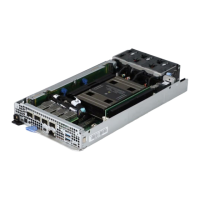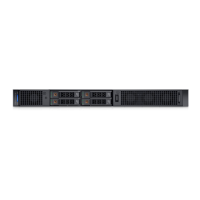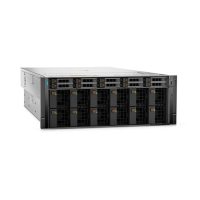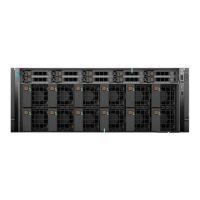● Witness serial connection
● ESXi shell
● ESXi GUI
● vCenter/vSphere
Only the serial connection will be detailed here; please see host-specific documentation available online for alternative methods.
The ESXi host utilizes the Witness NIC 1 port as a management network internally designated as vmnic0. The IPv4 and IPv6
addresses for this management connection are displayed in the Witness serial interface after the ESXi host boots.
The displayed IPv4 management address can be used to access the host ESXi interface (Witness host: ESXi).
An example of the ESXi serial management console with network information:
Figure 27. Witness host ESXi serial interface
Using the Witness Heart Beat function
About this task
The Witness “Heart Beat” is a feature enabled through the Dell OS Agent for Witness (DOSA-W) which resides on the Witness
host. Usage of the Heart Beat requires a properly deployed DOSA-W driver to the Witness host (Witness DOSA-W deployment
for deployment information).
The Witness Heart Beat is a regular pulse that the CM receives from the Witness OS every 60 seconds. The iDRAC of
connected compute sleds support a Heart Beat monitor feature which is disabled by default. If there are no compute sleds in the
chassis, the Chassis Manager will disable this feature by default as well.
● Script Adapted from: Solved: Re: How to discover the ESXi node in given IP rang... - VMware Technology Network VMTN
When the Heart Beat functionality is enabled through iDRAC, the CM behavior is as follows:
● After Witness power on, CM waits 5 minutes for BIOS load and Witness OS boot
● After 5 minutes (or if heartbeat monitoring is toggled to “Enabled” through iDRAC during this period), a 3-minute watchdog
timer starts
● Every 60 seconds, the heartbeat pulse send from the Witness host will reset the watchdog timer
● If the watchdog timer expires, the CM will cold-reboot the Witness.
NOTE:
This cold-reboot cannot occur more than 3 times in a 24-hour period; any additional expiry of the watchdog
timer will only log an error in iDRAC
34 Initial system setup and configuration
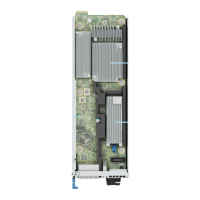
